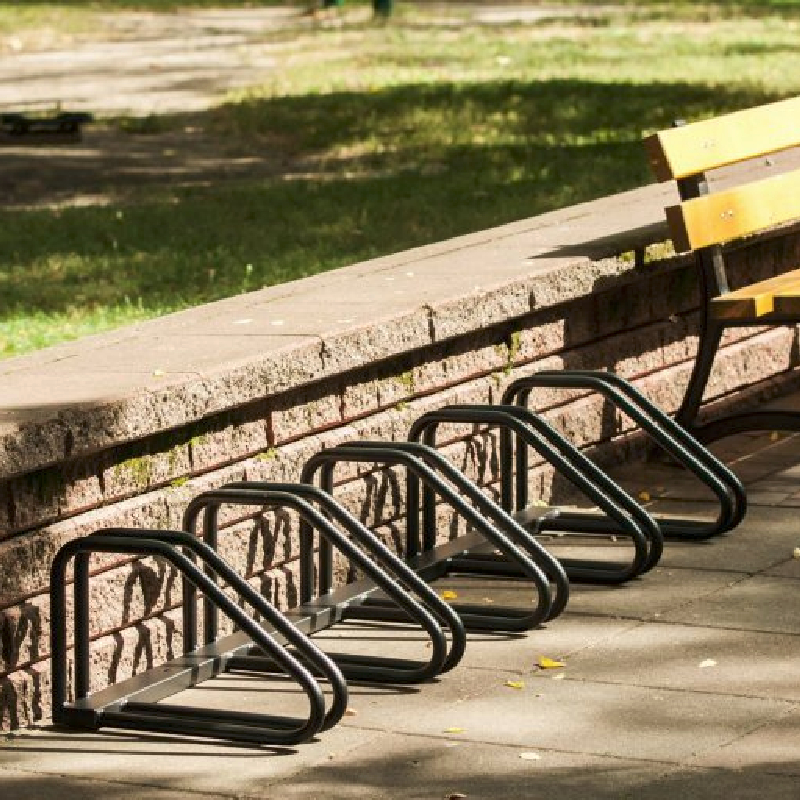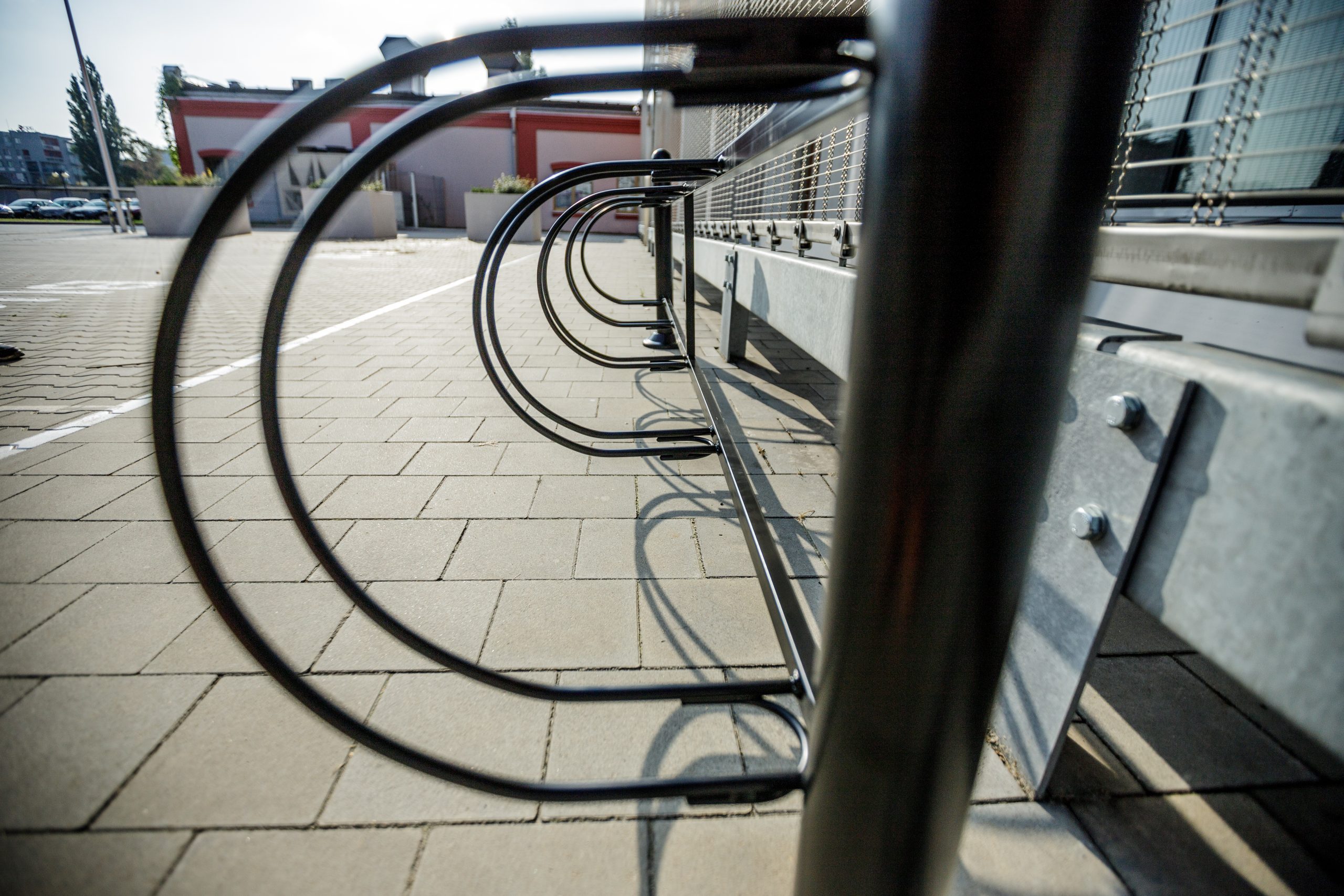Bicycle racks are an extremely important element of urban infrastructure, which favors the development of sustainable mobility and encourages city dwellers to use bicycles. In this short article we will take a closer look at bicycle racks, their role in the urban space and why they are a key element supporting the life of cyclists in the city.
Functionality and Comfort: Bicycle stands are a practical and convenient solution for cyclists, allowing safe storage of bicycles when parked. The availability of racks in the city makes, that people are more likely to use bicycles as a means of transport, which contributes to the reduction of exhaust emissions and traffic jams.
Supporting Sustainable Mobility: Bicycle racks are an important tool in promoting sustainable urban mobility. They make it easier for cyclists to travel, and at the same time help to reduce the number of cars on the streets, which has a positive impact on air quality and the environment.
Creative Design: Contemporary bicycle racks are often elements of urban design. They can take various forms and shapes, which adds character and aesthetics to the urban space. Interesting and attractive racks encourage the use of bicycles and create a friendly environment for cyclists.
Bicycle Safety: Using properly mounted stands, cyclists can rest assured, that their bikes are safe from theft or damage. This is important, to encourage people to choose bicycles as a means of transport.
Availability in Public Places: Bike racks should be available in various public places, such as train stations, shopping centers, bus stops and educational institutions. It makes, that cyclists have easy access to them in everyday situations.
Summary: Bicycle racks play a key role in encouraging city dwellers to use bicycles as a means of transport. Their functionality, comfort and aesthetics make them an indispensable element of sustainable mobility in urban space.
Thank you for reading! If you are interested in learning more about urban infrastructure and other aspects of public spaces, we encourage you to follow our blog, where you will find more fascinating content.





